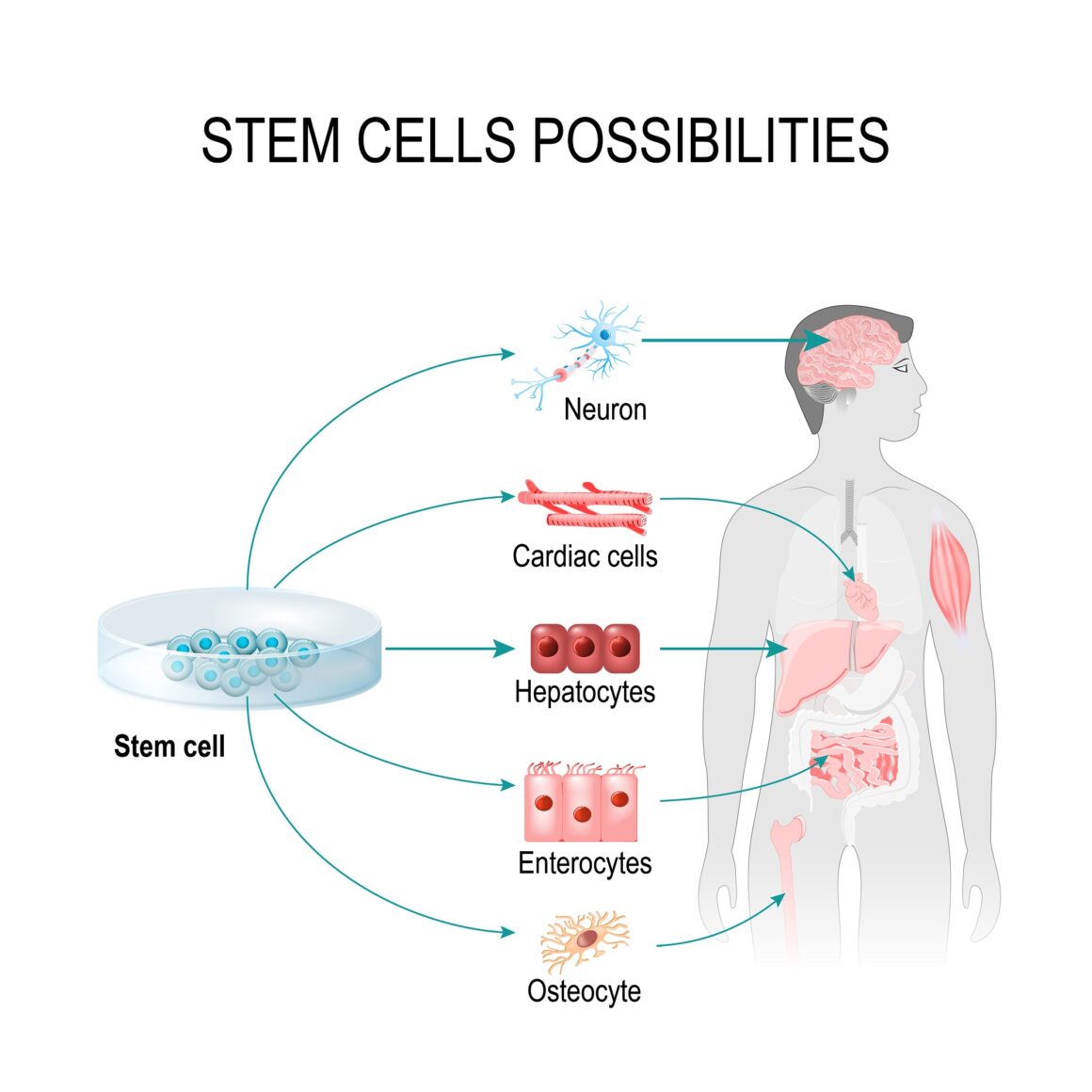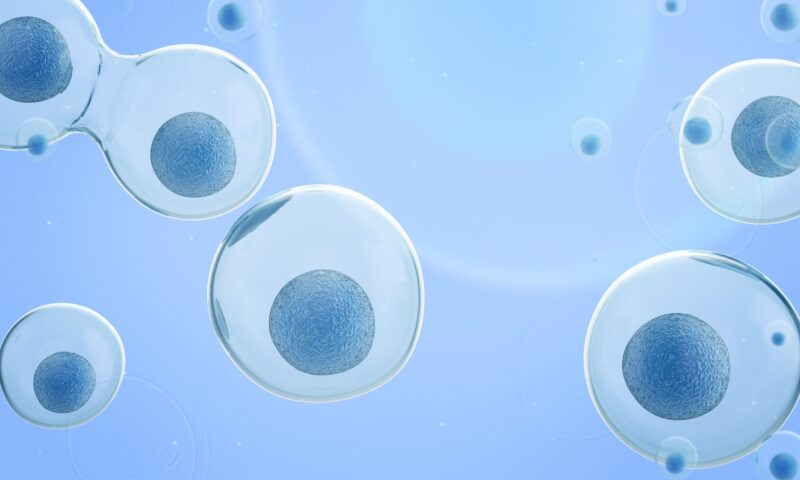Stem cells have long been a hot topic among researchers for their power to heal and to potentially impact medical therapy for a large number of conditions. One specific area that is showing a great deal of promise is their ability to rejuvenate brain tissue and possibly help patients suffering from brain injury as well as neurodegenerative diseases.
While some progress has been made, there is still much to be learned about stem cells and how they can be manipulated to improve our health.
What are Stem Cells?
Stem cells are special human cells present in all of our body tissues. They are remarkable for their ability to evolve into all of our different cell types, such as a muscle, a liver cell, a neuron or even red blood cells. There are two major types of stem cells: embryonic which are pluripotent, meaning they can develop into any type of cell, adults stem cells. Much of the research we will focus on in this article refers to adult stem cells that originate from within the body and are dormant, or what you may see called “quiescent.”

While embryonic stem cells have been a popular topic in the news, scientists are focused on learning more about how those cells develop so they can better understand how to control which cells they will create. The other issue with embryonic stem cells is that they are often rejected by the body.
Adult stem cells fall into two different types: the first comes from tissues such as the brain, bone marrow or liver, and are unlikely to produce any other type of cells than what they derive from. In other words, stem cells from the brain will only produce brain cells.
The other type of adult stem cell are those that are reprogrammed to act as pluripotent stem cells. Manipulated at laboratories, these induced pluripotent stem cells are clinically very similar to embryonic stem cells, but finding one that can create any type of cell has eluded scientists to this point.
Stem Cells for the Brain
More than 2.5 million people suffer a traumatic brain injury each year. Meanwhile, it’s estimated that 5.8 million suffer from Alzheimer’s disease. To help develop new treatments for patients suffering from conditions such as TBI and Alzheimer’s, researchers are hoping stem cells from within the human body can play a part in healing the injured brain.
There are a number of ways that endogenous stem cells can impact the brain. One recent study suggests that dormant stem cells have the potential to become activated for repair work. Researchers believe that once the cells are awakened, they have the power to regenerate important brain cells, and to improve the brain’s ability to repair itself.
A separate study published earlier this year suggests that quiescent stem cells in the brain can be rejuvenated. While the function and ability of stem cells are not entirely understood, their potential shines through in this study in which they were able to rejuvenate cells in the brains of aging mice and in some cases, even repair damaged areas of the brain.
“Our results constitute an important step towards the implementation of stem cell-based therapies, for instance for neurodegenerative diseases,” the study’s lead researcher, Professor Antonio del Sol said. “We were able to show that it is possible to identify the essential features that are characteristic of a specific state of stem cells. The hope is that this will open avenues for regenerative medicine.”
The key to the success was the identification of a specific molecule sFRP5 in the mice brain, which is responsible for keeping neuronal stem cells inactive. But when the researchers neutralized sFRP5, they saw the quiescent cells awaken and begin to proliferate in the brain.
Replicating these results to awaken dormant stem cells in humans is likely to be a bit more complex, but if researchers can take that next step, we may begin to see significant advances in the treatment of conditions such as Alzheimer’s disease, dementia and cases in which a traumatic brain injury has occurred.
Ongoing clinical trials are using stem cells taken from bone marrow and delivering them to the brain through a neurosurgical procedure. By pinpointing precise areas for improvement, scientists are hoping to see the cells work as agents of restoration as they not only help repair damage, but recruit other stem cells present in the body to help.
